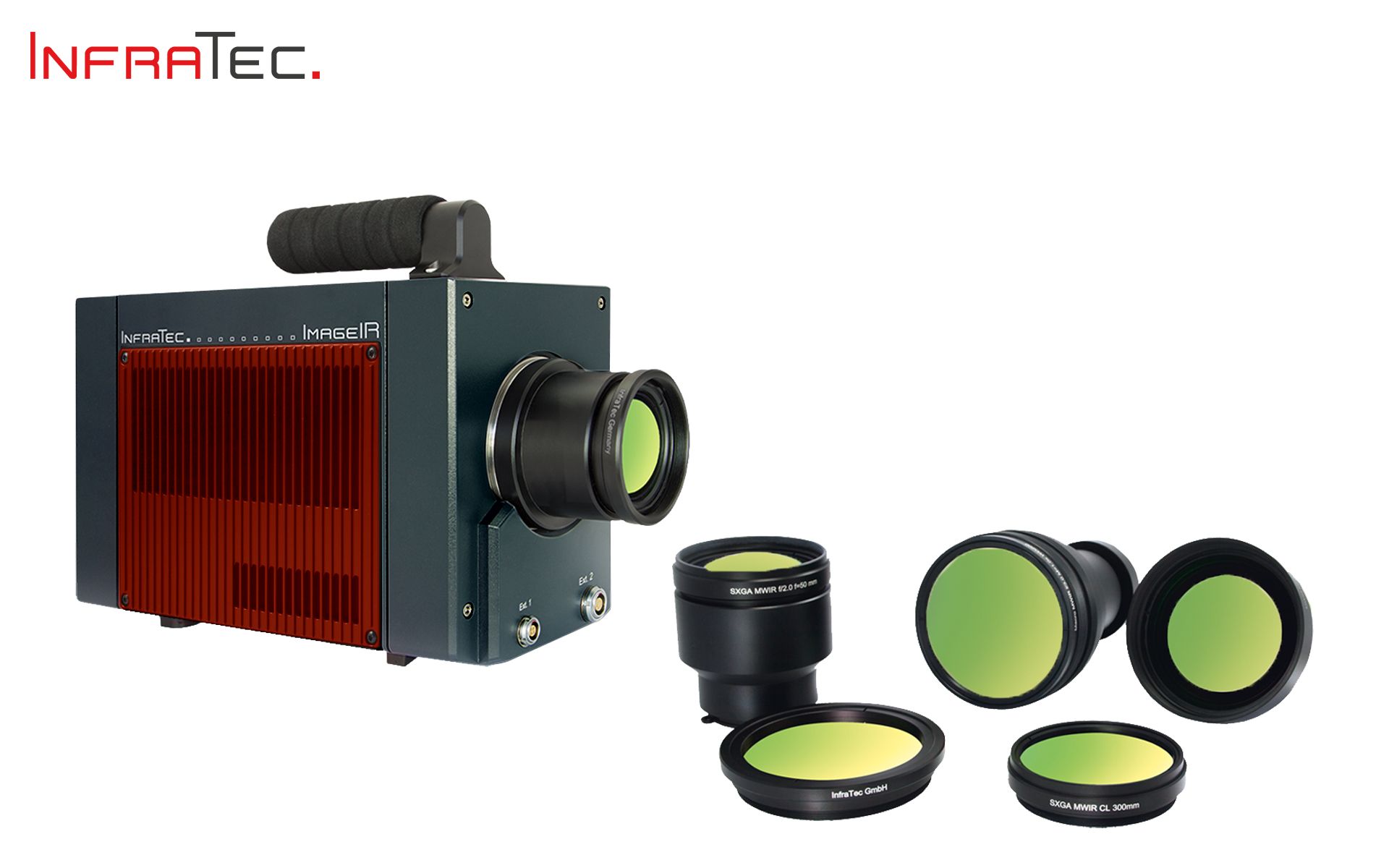
Infrared cameras have revolutionized many industries, offering insight beyond the range of visible light and what is present to the naked eye by filling in the gaps in human sight. It’s a versatile and powerful tool that offers a range of applications across fields.
Discoveries are made daily by medical researchers and scientists while military and surveillance use these cameras to detect and remediate threats. It is even used in buildings to identify areas of concern in electrical systems, inspections during manufacturing, and environmental settings to monitor temperature and ocean currents.
Here we examine the differences between infrared cameras that can detect light or heat at wavelengths that range from 0.7 to 14 μm, depending on the type of camera and their capabilities, and explore their applications.
What is Infrared Imaging?
Human vision is only capable of detecting a small portion of the electromagnetic spectrum. Infrared imaging has the capability to capture the infrared (IR) spectrum, which is outside the range of our visible light. Images are captured by infrared cameras based on the intensity of reflected or emitted infrared radiation.
They work well in situations where visibility is important in low-light conditions. With this technology, we have the ability to see things that are not visible to the human eye.
Short Wavelength Infrared (SWIR)
Short-wavelength infrared cameras operate in the 0.7 to 1.7 μm wavelength range, making them suitable for a wide range of applications. These cameras are known for their ability to capture images in low-light conditions and through certain materials, making them a popular choice in industrial and scientific applications.
Some key features of SWIR cameras include versatility in various settings, including high-speed imaging in manufacturing and quality control processes, and the ability to penetrate certain materials that are ideal for inspections that are not possible with visible light.
SWIR cameras are one of the most affordable infrared cameras that are lightweight and compact, making them an ideal portable imaging system. They are designed for a range of applications including precise color measurements to advanced chemical imaging.
Click here to view our SWIR Cameras.
Middle Wavelength Infrared (MWIR)
Middle-wavelength infrared cameras operate in the 3 to 5 μm wavelength range reducing interference from background heat sources and enhancing clarity. They are useful for thermal imaging and detecting small targets at great distances, making them ideal for a range of applications.
Being highly sensitive to temperature variation with high-resolution results, MWIR cameras can be used in applications like monitoring machinery, thermal inspections, and scientific research to provide a detailed analysis.
Click here to view our MWIR Cameras.
Long Wavelength Infrared (LWIR)
Long-wavelength infrared cameras have a wavelength range of 8 to 14 μm and are commonly used in military operations due to their ability to capture subjects at long distances.
These cameras can detect thermal emissions from targets when their temperatures are higher than the surrounding environment. With the ability to detect distinct temperature variations, LWIR cameras are often used in the inspection industry as well.
Click here to view our LWIR Cameras.
Infrared cameras, including SWIR, MWIR, and LWIR cameras have distinct wavelength ranges and applications. While SWIR cameras are versatile and cost-effective, MWIR and LWIR cameras excel in temperature-sensitive and long-distance imaging tasks. Understanding the capabilities and limitations of each type of infrared camera is essential for selecting the right tool for your specific needs in high-speed imaging.
As your premier source for high-speed cameras custom-engineered to meet your application’s imaging requirements, our Tech Imaging team is here to assist you. Call us at 800-613-8180 to speak with one of our representatives or contact us online.
